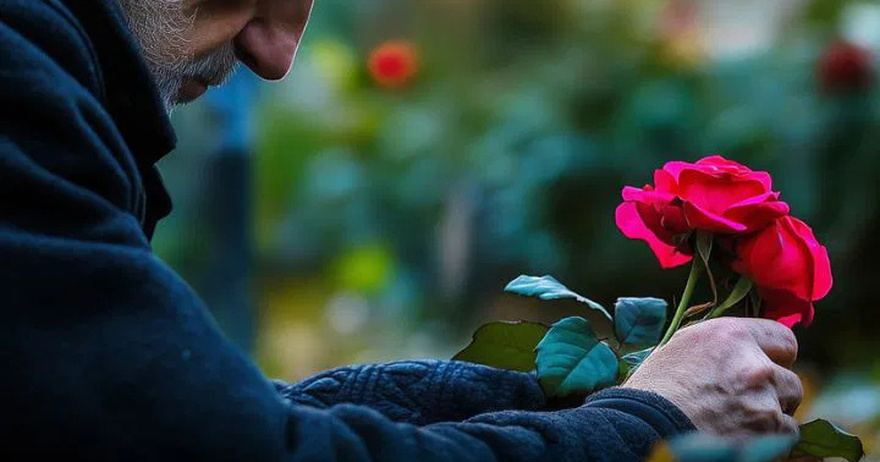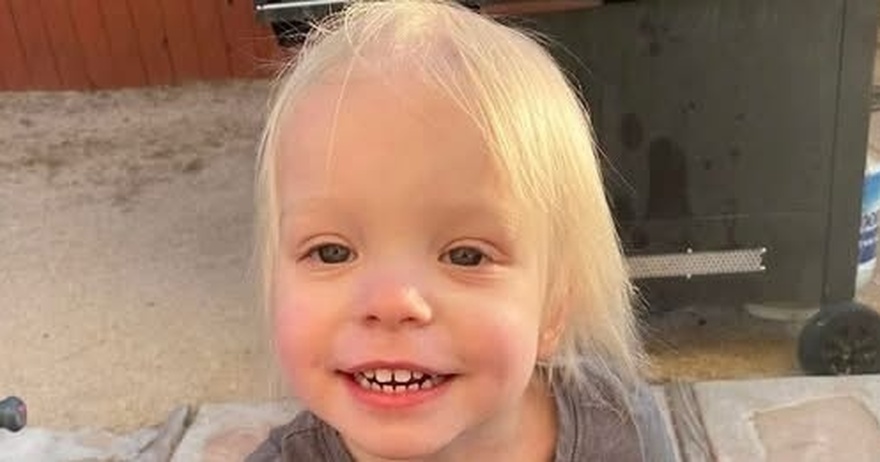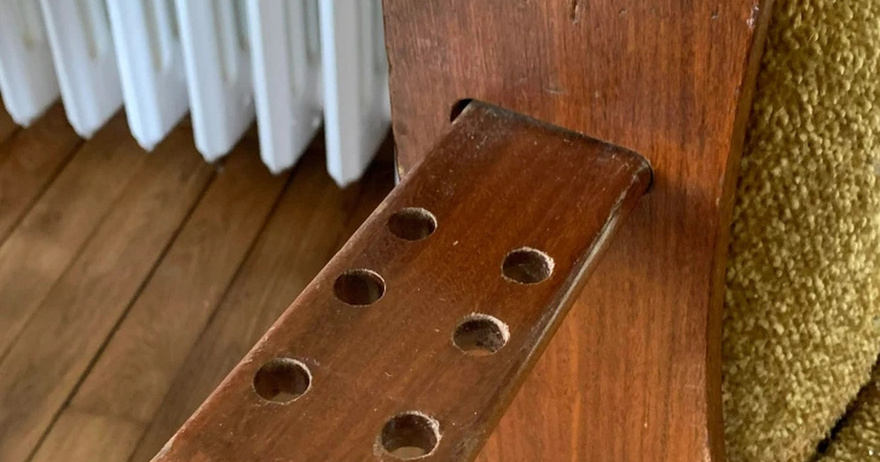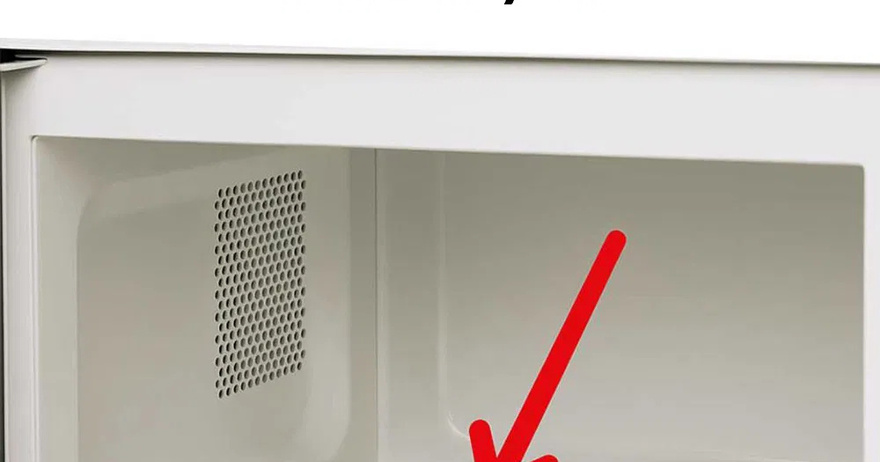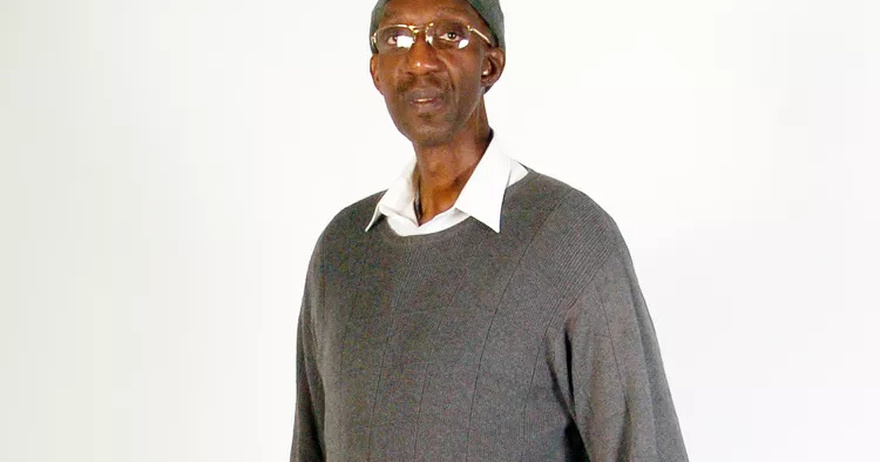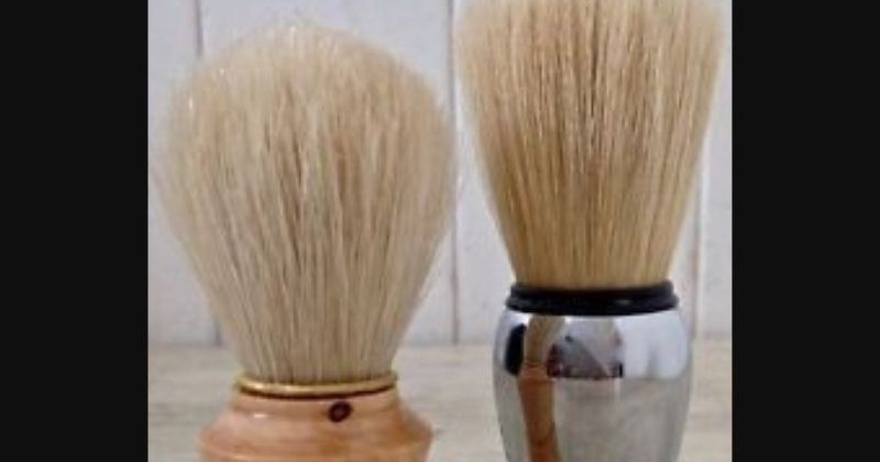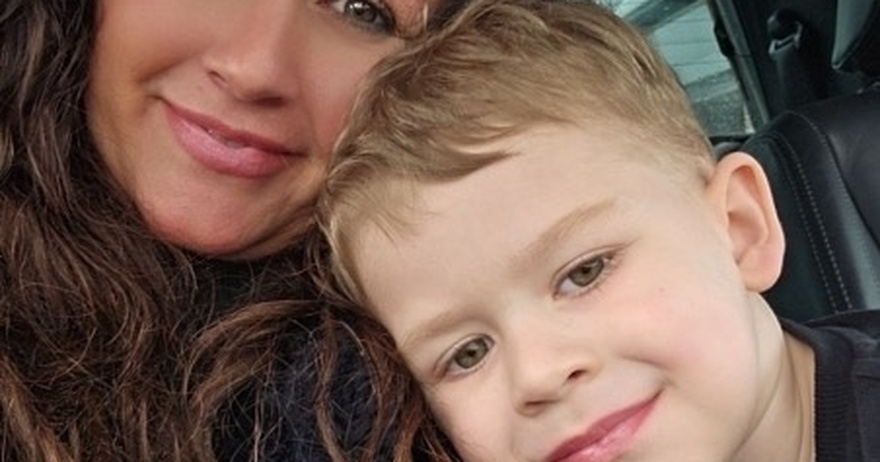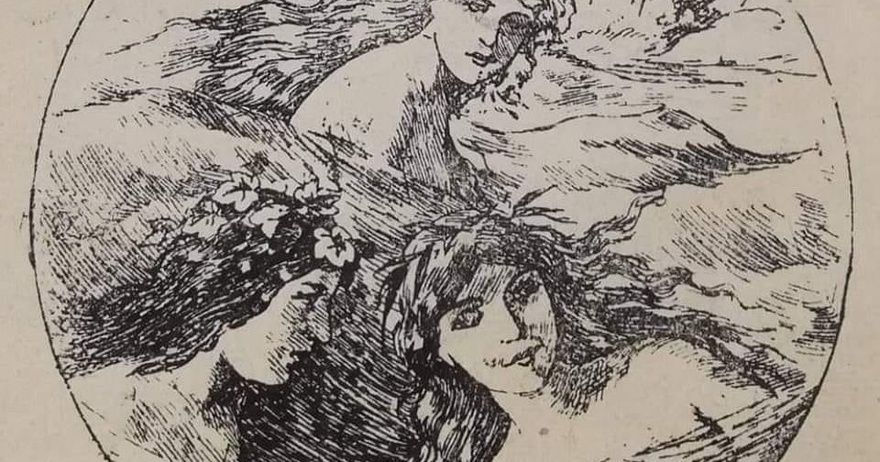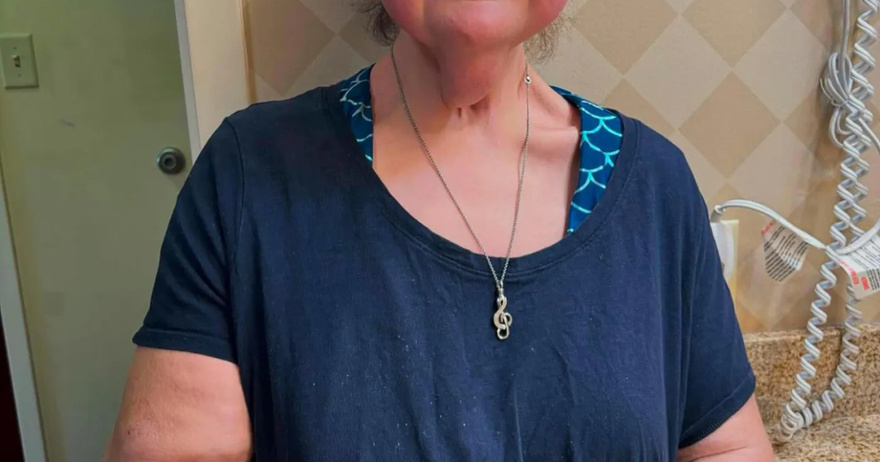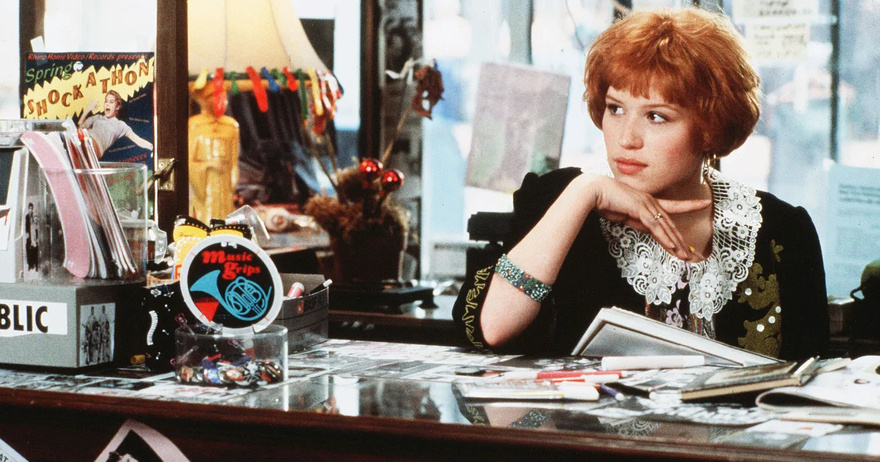When we lose someone dear to us, it’s natural to want to hold on to something—an item of clothing, a pair of shoes, a personal belonging. These tangible items become emotional anchors, tokens of connection to the person we’ve lost.
But while they may offer comfort, certain objects can quietly hinder the grieving process. What if releasing them could be another meaningful way to honor our loved ones?
Here are four types of keepsakes that might be better left behind—or thoughtfully transformed—rather than preserved or passed on.
1. Clothing: When Fabric Becomes a Time Capsule
A jacket hanging in the closet, a scarf still carrying their scent—clothing is often the first thing we hold on to after a loss. It brings the comforting illusion that they’re still nearby, that we might turn a corner and see them again.
But this illusion can become a barrier. Holding on to their clothes untouched can keep us rooted in the past, making it harder to come to terms with their absence. For younger generations, inheriting these clothes can feel more like an emotional weight than a cherished gift.
Instead, consider repurposing a piece of clothing into something symbolic—a pillow, a small pouch—or donating it to someone in need. Letting go can be an act of generosity and healing.
2. Favorite Objects: Between Sentiment and Attachment

Whether it’s a well-loved book, a vintage watch, or a trinket from their shelf, these objects may have held deep meaning for the person who passed. But for those left behind, they can become emotionally charged and hard to carry.
Keeping one or two items that truly resonate can be comforting, but clinging to too many can turn a home into a shrine. It may trap us in grief, making it hard to move forward and live fully in the present.
What truly keeps a person’s memory alive is not their possessions, but the values they lived by, the stories they shared, and the love they gave.
3. Shoes: Symbols of Journeys Past
Shoes carry powerful symbolism—they tell the story of where someone has walked, the life they’ve led. But they’re also personal and practical items that rarely suit someone else perfectly.
Passing down a deceased person’s shoes, especially to children, can send an unintended message—to walk in their footsteps rather than chart their path.
Giving a loved one new shoes can be a beautiful gesture of encouragement, a way of saying: Choose your own journey.
4. Hats: A Quiet Signature of Identity
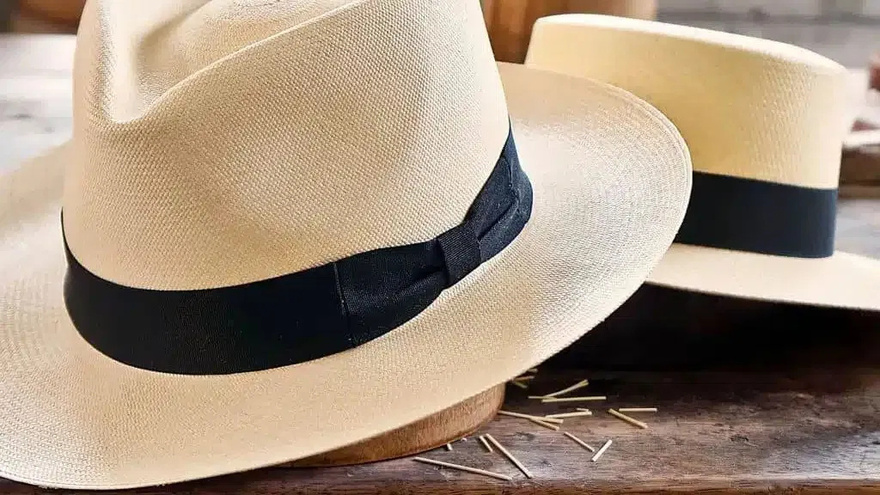
A hat might seem like a small thing, but it often reflects someone’s personality or daily routine. Holding onto it can stir powerful emotions, acting as a daily reminder of the absence.
Rather than preserving a hat that carries sorrow, why not create a memory that uplifts—a shared story, a heartfelt letter, a photo over dinner. Sometimes the lightest memories are the ones that shine the longest.
Turning Loss Into Living Memory
Letting go doesn’t mean forgetting. It means carefully choosing what we carry forward. Grieving is not about discarding the past, but about transforming it—moving from the physical to the emotional, from possession to presence.
What we leave our children shouldn’t be a burden of sorrowful objects, but a legacy of strength, love, and peace that continues to support them, even in our absence.
